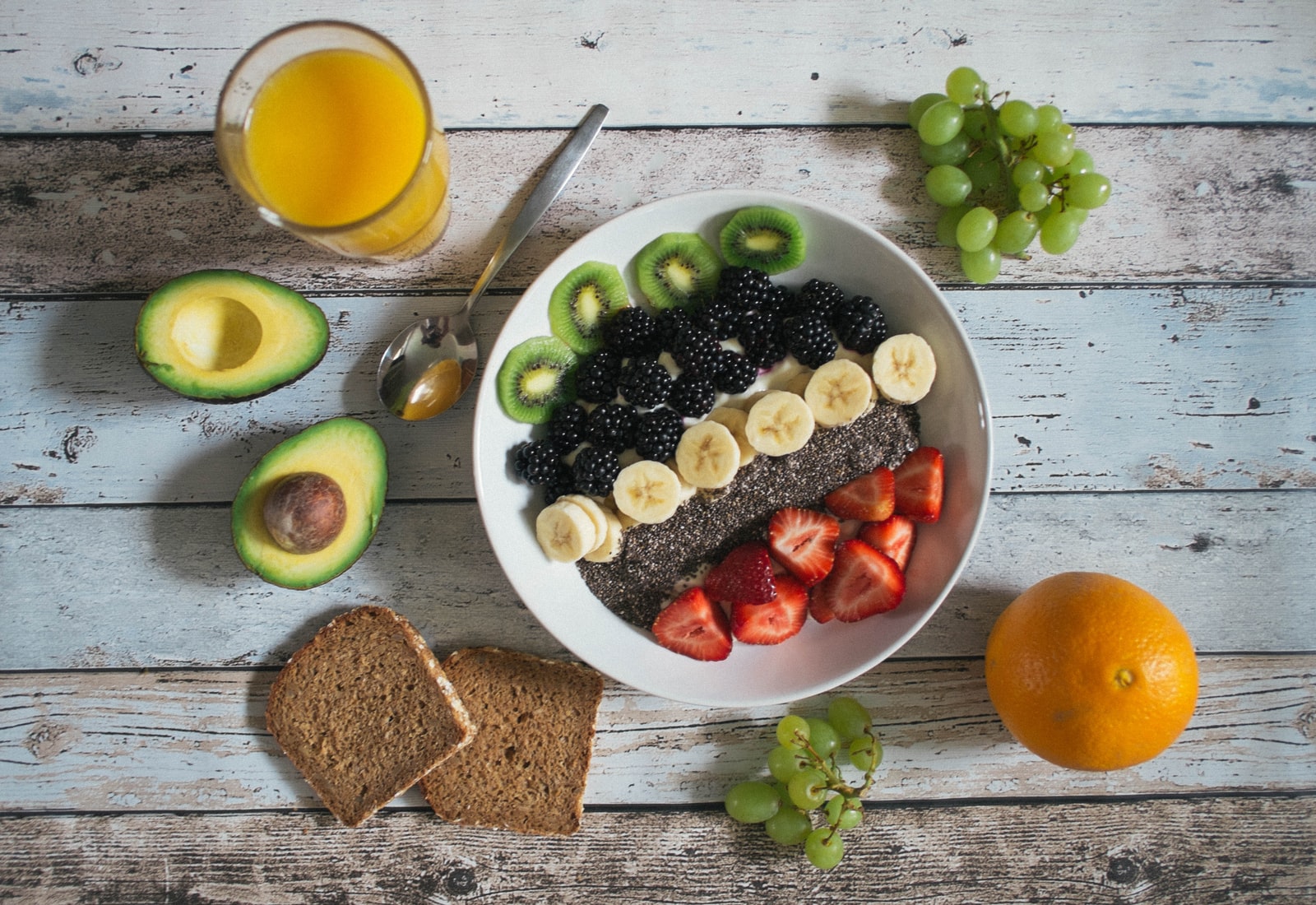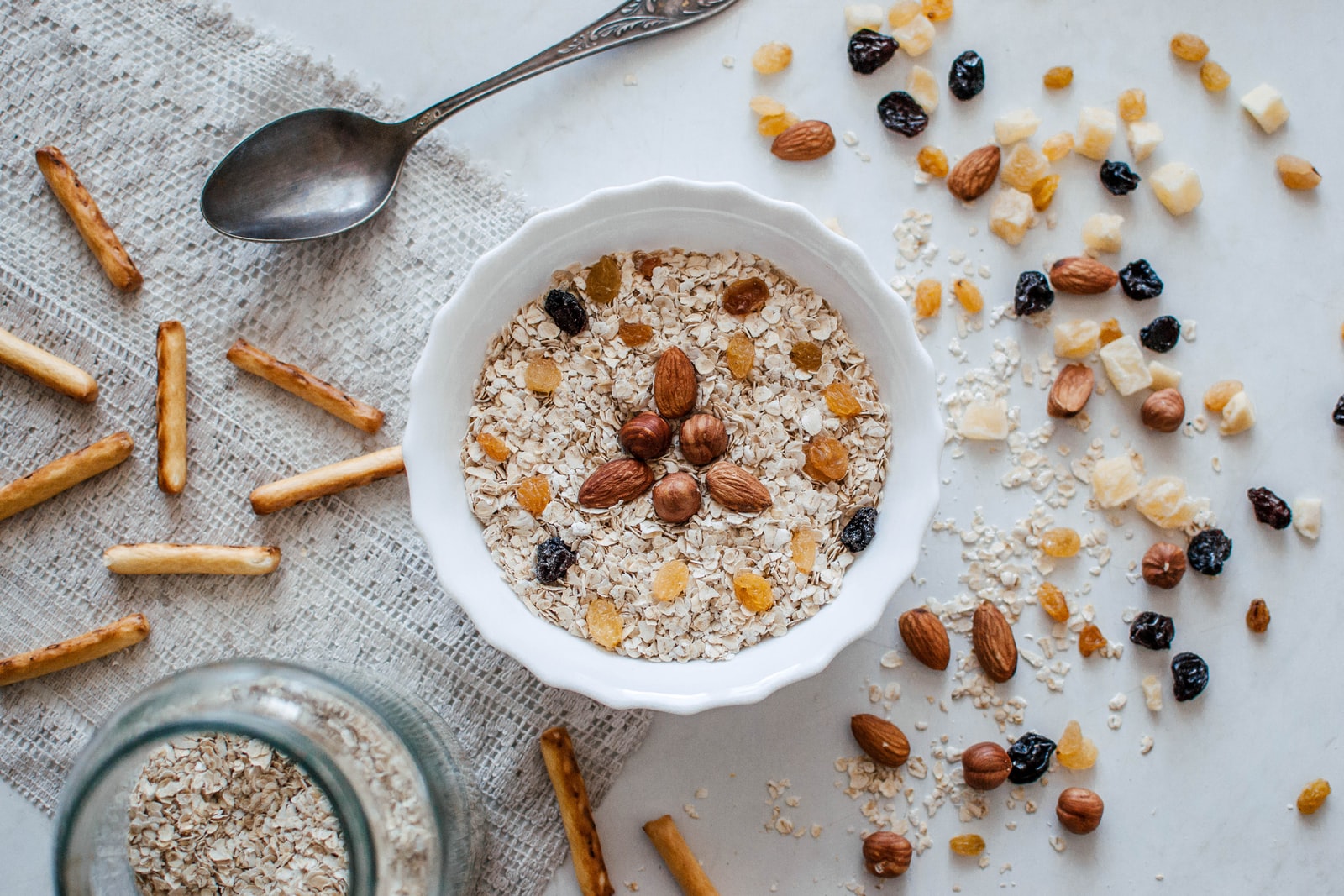Tips on how to prepare healthy meals for children
It’s important for everyone to eat healthily, but it’s especially important for children to have well balanced meals throughout the day. We should try and maintain or improve overall health by having a healthy diet. In order for our body to stay healthy we need to have a balance intake of these essential nutrition: fluid, macronutrients such as protein, micronutrients such as vitamins, and adequate fibre and food energy.

Here are five recommendations provided by the World Health Organization
- Maintain a healthy weight by eating roughly the same number of calories that your body is using.
- Limit intake of fats. No more than 30% of the total calories should come from fats. Prefer unsaturated fats to saturated fats. Avoid trans fats.
- Eat at least 400 grams of fruits and vegetables per day (potatoes, sweet potatoes, cassava and other starchy roots do not count). A healthy diet also contains legumes (e.g. lentils, beans), whole grains and nuts.
- Limit the intake of simple sugars to less than 10% of calorie (below 5% of calories or 25 grams may be even better).
- Limit salt / sodium from all sources and ensure that salt is iodized. Less than 5 grams of salt per day can reduce the risk of cardiovascular disease.

What kind of food should children eat?
- fruit
- vegetables, legumes and beans
- cereals (including breads, rice, pasta and noodles), preferably wholegrain
- lean meat, fish, poultry and/or alternatives
- milks, yoghurts, cheeses and/or alternatives (children under 2 should have full-fat milk, but older children and adolescents can have reduced-fat varieties)

How food does a child need?
- 2 to 3 years: 1 serve of fruit; 2½ serves of vegetables; 4 serves of grains; 1 serve of meat/poultry; 1½ serves of dairy
- 4 to 8 years: 1½ serves of fruit; 4½ serves of vegetables; 4 serves of grains; 1 ½ serves of meat/poultry; 1½ to 2 serves of dairy
- 9 to 11 years: 2 serves of fruit; 5 serves of vegetables; 4 to 5 serves of grains; 2½ serves of meat/poultry; 2½ to 3 serves of dairy
- 12 to 13 years: 2 serves of fruit; 5 to 5 ½ serves of vegetables; 5 to 6 serves of grains; 2 ½ serves meat/poultry; 3 ½ serves dairy
Maintaining healthy eating habits
Whether they’re toddlers or in their teens, children develop a natural preference for the foods they enjoy the most. To encourage healthy eating habits, the challenge is to make nutritious choices appealing.
Focus on overall diet rather than specific foods. Kids should be eating more whole, minimally processed food—food that is as close to its natural form as possible—and less packaged and processed food.
Be a role model. The childhood impulse to imitate is strong so don’t ask your child to eat vegetables while you gorge on potato chips.
Disguise the taste of healthier foods. Add vegetables to a beef stew, for example, or mash carrots up with mashed potato, or add a sweet dip to slices of apple.
Cook more meals at home. Restaurant and takeout meals have more added sugar and unhealthy fat so cooking at home can have a huge impact on your kids’ health. If you make large batches, cooking just a few times can be enough to feed your family for the whole week.
Get kids involved in shopping for groceries and preparing meals. You can teach them about different foods and how to read food labels.
Make healthy snacks available. Keep plenty of fruit, vegetables, and healthy beverages (water, milk, pure fruit juice) on hand so kids avoid unhealthy snacks like soda, chips, and cookies.
Limit portion sizes. Don’t insist your child cleans the plate, and never use food as a reward or bribe.
We have selected a collection of books regarding how to prepare healthy meals and snacks for children. Have a look here

Comments (0)